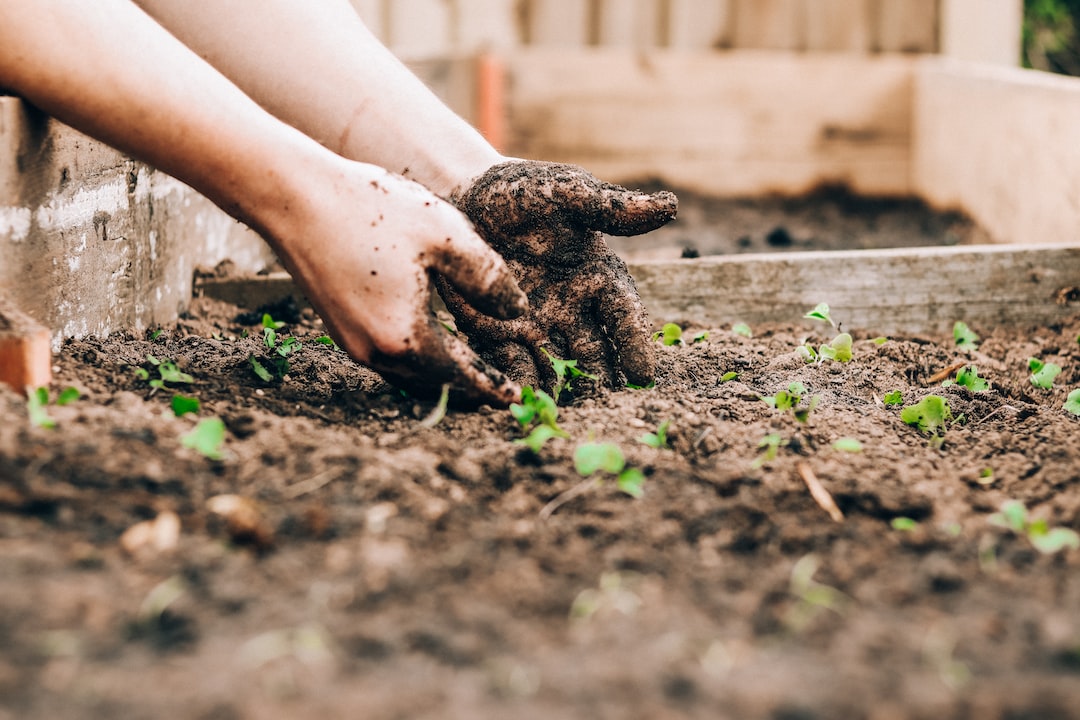A garden pond can bring a lot of charm and serenity to your outdoor space. It provides a tranquil spot for relaxation, helps with biodiversity and can be great for the environment. Here are the steps for creating a garden pond that will thrive with natural beauty.
1. Plan your pond: Before digging and buying materials, draft a plan for your garden pond. Consider the shape, size, and location. Make note of the purpose of your pond and plan accordingly. Determine the depth you want and if the water will be in place all year round. Also, make sure to seek approval from your local council authority on the installation process.
2. Location: Choose a location with good sunlight exposure. Plenty of sunlight is crucial for your pond to grow healthy wildlife and plants. Make sure to avoid locations with trees that shade the pond, as leaves and debris can clog your pond filter. Also, place the pond away from direct sunlight to prevent the water from getting too warm.
3. Marking the outline: Use a garden hose, twine, or landscape spray paint to mark the outline of the pond. Create a shape that is in harmony with the style of your garden.
4. Digging the pond: Start by digging out the marked outline of your pond, making sure to create at least two shelves for plants or rocks. Once dug out, clean the area of any debris or sharp items to protect your pond liner from punctures.
5. Lining the pond: Use a pond liner to create the base of your pond. Make sure to use an appropriate size and weight to cover your desired area. Position the liner smoothly on the base to avoid wrinkles and folds. Fix the liner with large rocks to hold it in place, making sure it covers the entire pond area.
6. Building the edge: Build a sloping edge with soil around the pond, ensuring the slope is stable enough to prevent water leakages. Secure the edge by packing it firmly with soil and rocks. This step provides stability to plants or rocks placed on the shelves.
7. Filling the pond: Fill the pond with clean, fresh, and pH-balanced water, using a garden hose. Add beneficial bacteria to the water if you plan to keep fish, or add a duckweed or Elodea plant to add oxygenation to the water.
8. Adding plants and fish: Place plants and rocks on the shelves to create a natural look. Add fish once the water is balanced and consistent. Do not add too many fish, as it can overwhelm the pond and create unbalanced conditions.
9. Maintenance: A garden pond requires regular maintenance. Keep the pond free of debris, remove dead plant leaves, clean the filter and ensure the water is balanced. Also, avoid using chemicals or insecticides in the pond.
In conclusion, creating a garden pond can be a rewarding project that enhances the overall ambiance of your outdoor space. By following the above steps, you can enjoy a beautiful and natural pond full of life, for years to come.
